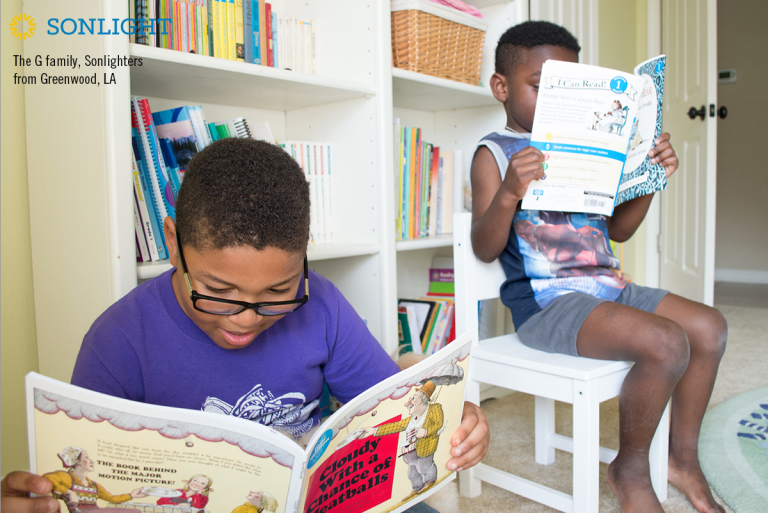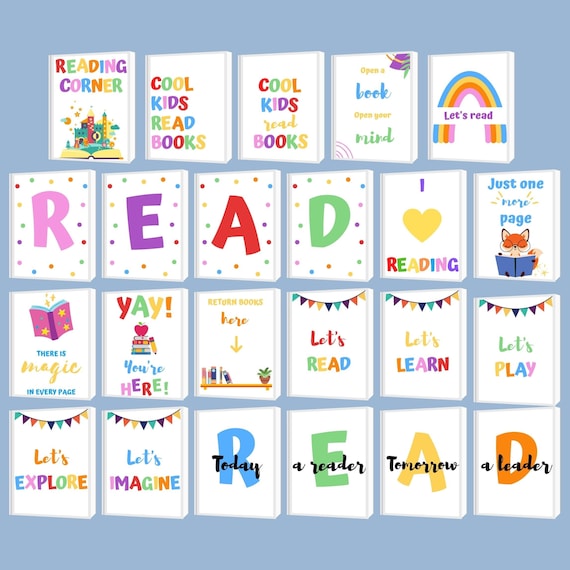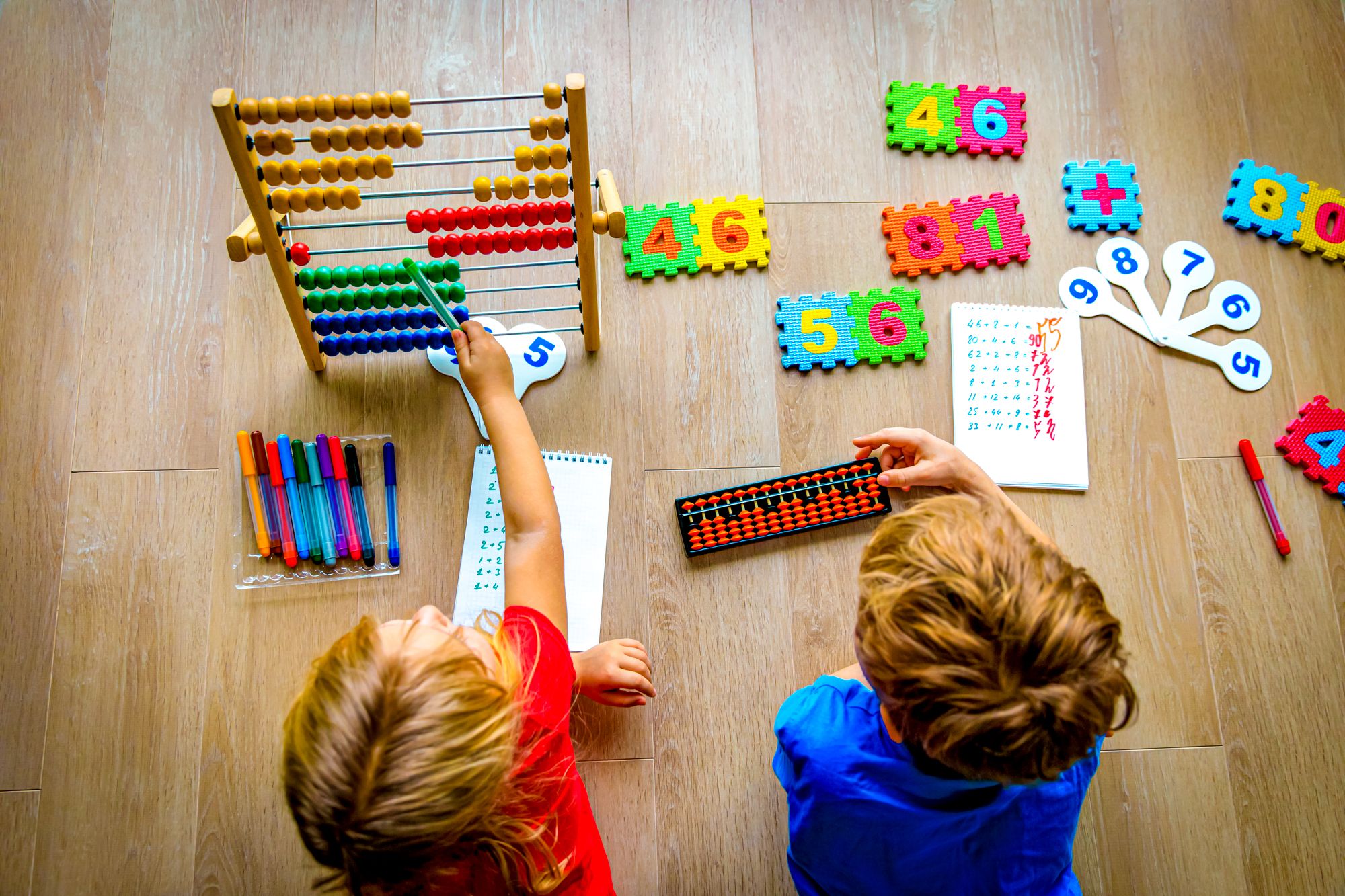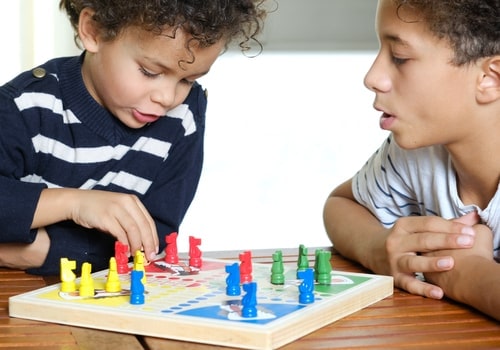Ultimate Guide to Homeschooling Resources for Kids
Ultimate Guide to Homeschooling Resources for Kids
Comprehensive Educational Materials, Activities & Learning Tools for Effective Home Education
Homeschooling has become an increasingly popular educational choice for families worldwide, offering personalized learning experiences tailored to each child's unique needs and interests. The success of homeschooling largely depends on having access to quality educational resources that can engage children, foster their natural curiosity, and provide comprehensive learning opportunities across all subject areas.
:max_bytes(150000):strip_icc()/GettyImages-1288683983-9dfb322585ba4607a3d397b8d2f97ca5.jpg)
Whether you're a seasoned homeschooling parent or just beginning your journey, having the right resources at your disposal can make all the difference in creating an enriching educational environment. From traditional textbooks and workbooks to innovative digital tools and hands-on activities, today's homeschooling families have access to an unprecedented variety of learning materials.
This comprehensive guide explores the essential homeschooling resources every family should consider, including educational materials for different learning styles, engaging activities that make learning fun, science experiments that spark curiosity, and storytelling resources that develop literacy skills while nurturing imagination. We'll also discuss how to create an effective learning environment and provide practical tips for selecting resources that align with your child's interests and learning objectives.
Essential Educational Materials and Curriculum Options
Selecting the right curriculum and educational materials forms the foundation of successful homeschooling. The market offers numerous options, from complete curriculum packages to individual subject resources, allowing families to customize their approach based on their children's learning preferences and educational goals.

Complete Curriculum Packages
Complete curriculum packages provide comprehensive educational programs that cover all core subjects for specific grade levels. These packages often include teacher guides, student workbooks, assessment tools, and supplementary materials. Popular options include programs that emphasize different educational philosophies, from traditional approaches to more progressive methodologies.
Benefits of Structured Curriculum:
- Ensures comprehensive coverage of essential topics
- Provides clear progression through grade levels
- Includes built-in assessment and tracking tools
- Offers teacher support and guidance materials
Subject-Specific Resources
Many homeschooling families prefer to mix and match resources from different publishers to create a customized educational program. This approach allows parents to select the best materials for each subject area and adapt to their child's individual learning style and interests.

Mathematics resources range from traditional textbook-based programs to hands-on manipulative-focused approaches. Language arts materials include phonics programs for beginning readers, literature-based curricula that incorporate classic and contemporary works, and writing programs that develop composition skills progressively.
Science curricula vary from textbook-based approaches to hands-on experimental programs that encourage discovery learning. Social studies resources include traditional history and geography texts as well as living books approaches that use historical fiction and biographies to bring the past to life.
Reading and Storytelling: Building Literacy Through Engaging Content
Reading and storytelling form the cornerstone of literacy development and play a crucial role in homeschool education. Through children stories, bedtime stories, and interactive reading experiences, kids develop not only reading skills but also imagination, empathy, and critical thinking abilities.

Essential Story Collections for Homeschoolers
A well-rounded homeschool library should include various types of stories that serve different educational purposes. Fairy tales and classic tales provide cultural literacy and introduce children to timeless themes and moral lessons. These traditional stories have been passed down through generations and continue to captivate young minds while teaching valuable life lessons.
Moral stories and fables, such as Aesop's fables, serve as excellent tools for character education and discussion starters about ethics and values. These short stories for kids are perfect for younger learners and can be easily incorporated into daily lessons or used as bedtime stories that both entertain and educate.
Types of Stories for Homeschool Libraries:
- Adventure Stories: Develop excitement for reading and imagination
- Animal Stories: Teach about nature and animal behavior
- Fantasy Stories: Encourage creative thinking and world-building
- Magical Stories: Stimulate imagination and wonder
- Educational Stories: Combine learning with entertainment
Age-Appropriate Reading Materials
Selecting appropriate reading materials for different age groups is essential for maintaining engagement and supporting reading development. Toddler stories and preschool stories should feature simple vocabulary, repetitive patterns, and colorful illustrations that support comprehension and maintain attention.
Picture books serve as excellent tools for early readers, combining visual storytelling with text to support comprehension and vocabulary development. These illustrated books often feature engaging artwork that helps children understand story elements and develop visual literacy skills.

Early reader books bridge the gap between picture books and chapter books, featuring controlled vocabulary and sentence structures that build confidence in developing readers. These books often include familiar characters and engaging plots that motivate children to continue reading independently.
Interactive Storytelling and Nursery Rhymes
Interactive stories and nursery rhymes provide opportunities for active participation in the reading experience. These resources encourage children to engage with stories through songs, movements, and dramatic play, making learning through stories a multi-sensory experience.
Storytelling sessions can be enhanced with props, costumes, and interactive elements that bring stories to life. This approach is particularly effective for kinesthetic learners who benefit from hands-on activities and movement-based learning experiences.
Engaging Learning Activities and Educational Games
Learning activities and educational games transform abstract concepts into concrete, enjoyable experiences that children can easily understand and remember. These hands-on approaches to education cater to different learning styles and help maintain student engagement throughout the learning process.

Multi-Sensory Learning Approaches
Multi-sensory learning activities engage multiple senses simultaneously, helping children process and retain information more effectively. These activities are particularly beneficial for students with different learning preferences and can accommodate visual, auditory, and kinesthetic learners within the same lesson.
Hands-on math activities using manipulatives, measuring tools, and real-world applications help children understand abstract mathematical concepts. These activities might include cooking projects that involve measurements and fractions, building projects that explore geometry and spatial relationships, and games that reinforce computational skills.
Types of Educational Games and Activities:
- Board Games: Develop strategy, critical thinking, and social skills
- Card Games: Reinforce math facts and reading skills
- Puzzle Games: Enhance problem-solving and spatial reasoning
- Role-Playing Games: Explore historical periods and social situations
- Physical Games: Combine movement with learning objectives
Technology-Enhanced Learning
Educational technology tools and apps provide interactive learning experiences that can supplement traditional teaching methods. These digital resources often feature adaptive learning algorithms that adjust difficulty levels based on student performance, ensuring appropriate challenge levels for individual learners.

Interactive learning platforms offer comprehensive curricula across multiple subjects, featuring engaging animations, virtual experiments, and gamified learning experiences. These platforms often include progress tracking tools that help parents monitor their children's advancement and identify areas that may need additional attention.
Project-Based Learning Opportunities
Project-based learning activities encourage students to explore topics in depth while developing research, planning, and presentation skills. These extended learning experiences allow children to pursue their interests while meeting educational objectives across multiple subject areas.
Examples of effective project-based learning activities include creating historical timelines with multimedia presentations, designing and building engineering projects, conducting community service projects that connect learning to real-world applications, and developing creative writing projects that can be shared with family and friends.
